- About us
- Support the Gallery
- Venue hire
- Publications
- Research library
- Organisation chart
- Employment
- Contact us
- Make a booking
- Onsite programs
- Online programs
- School visit information
- Learning resources
- Little Darlings
- Professional learning
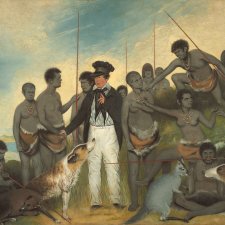
Gareth Knapman explores the politics and opportunism behind the portraits of Tasmania’s Black War.
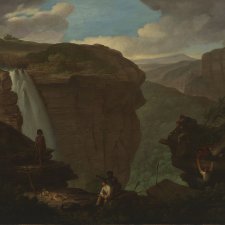
The London-born son of an American painter, Augustus Earle ended up in Australia by accident in January 1825.

This issue feature articles on the National Photographic Portrait Prize 2016, Augustus Earle, Larry Clark, Jude Rae, Oodgeroo Noonuccal and more.
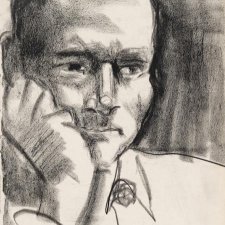
Lauren Dalla examines the life of Australian painter Roy de Maistre and his portrait by Jean Shepeard.
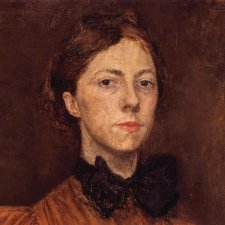
British novelist and poet, Michael Rosen, weaves a tale about his early encounters with creativity and the self-portrait of a childhood friend.

Sarah Engledow arrives at the junction of fate and hope in Sarah Ball’s poignant Immigrants series.
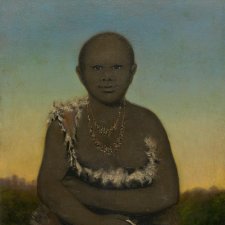
English artist Benjamin Duterrau took up the cause of the Indigenous peoples of Tasmania with his detailed and sympathetic renderings.
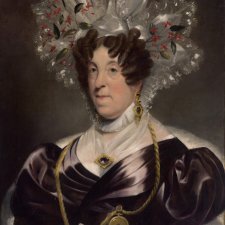
Joanna Gilmour describes how colonial portraitists found the perfect market among social status seeking Sydneysiders.

Jane Raffan asks do clothes make the portrait, and can the same work with a new title fetch a better price?
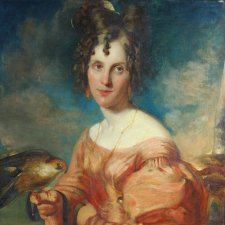
Charting a path from cockatiel to finch, Annette Twyman explores her family portraits and stories.
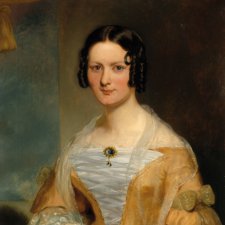
Henry Mundy's portraits flesh out notions of propriety and good taste in a convict colony.

The portrait of Janet and Horace Keats with the spirit of the poet Christopher Brennan is brought to life by artist Dora Toovey.

Inga Walton delves into the bohemian group of artists and writers who used each other as muses and transformed British culture.
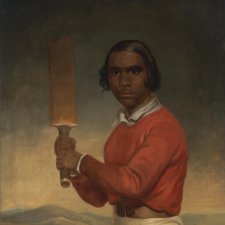
Stephen Valambras Graham traverses the intriguing socio-political terrain behind two iconic First Nations portraits of the 1850s.

John Singer Sargent: a painter at the vanguard of contemporary movements in music, literature and theatre.

Representations of the inhabitants of the new world expose the complexities of the colonisers' intentions.